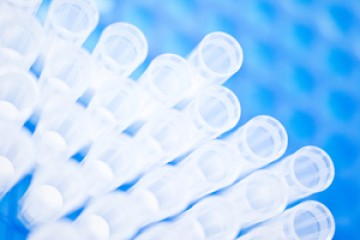Pilot study grant
Optimising liver equivalents to model liver fibrosis

At a glance
Completed
Award date
November 2012 - October 2013
Grant amount
£75,300
Principal investigator
Dr Fiona Oakley
Institute
Newcastle University
R
- Replacement
Read the abstract
View the grant profile on GtR
